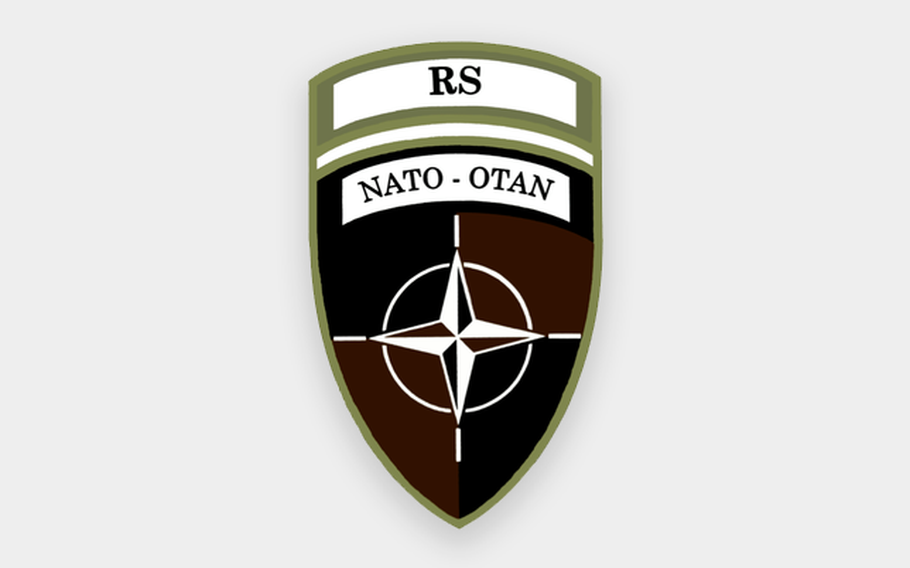
()
KABUL, Afghanistan — A servicemember from NATO’s Resolute Support mission in Afghanistan was killed Monday in an apparent insider attack, the second deadly shooting of friendly forces in recent days believed to be carried out by an Afghan servicemember.
Two other soldiers were wounded in the incident, which occurred in the western Herat province, the international coalition said in a statement.
“Initial reports indicate the attack was committed by a member of the Afghan security forces,” the statement said.
Officials did not disclose the nationality of the servicemembers or any further details. However, Army Col. Rob Manning, a Pentagon spokesman, said the soldier killed in the attack was not an American. He did not provide any information about the two injured servicemembers.
Additional information will be released by the servicemembers’ national authorities, the statement said.
The United States, Italy, Albania, Lithuania, Slovenia and Ukraine are all active in western Afghanistan, according to the Resolute Support website.
The attack comes less than a week after an Afghan bodyguard shot and injured the top U.S. commander based in southern Afghanistan, Army Brig. Gen. Jeffrey D. Smiley, and also killed two top Afghan leaders in the province. Manning confirmed Monday that Smiley was shot. His injury was first reported by The Washington Post on Sunday, after the U.S. military chose not to disclose a general officer was among the wounded.
Manning also defended the military’s choice not to disclose Smiley’s injury immediately, other than to announce an American serivcemember was among the injured in the incident.
Decisions to release the identities of wounded personnel rest with the military services and commanders on the ground – in last week’s case top American commanders in Afghanistan.
“In this instance, the unit on the ground, U.S. [Forces-Afghanistan] and Operation Resolute Support, determined they were not going to release the name of the wounded,” Manning told reporters at the Pentagon. “We’ve never been in the business of releasing the name of the wounded. We defer to either the service or the unit on the ground. We did not divert from policy on that.”
Gen. Scott Miller, the top U.S. officer in Afghanistan, also attended the meeting where the attack occurred but was unharmed.
The Taliban claimed responsibility for the attack and indicated Miller and the slain Kandahar police chief Gen. Abdul Raziq were the intended targets.
But Manning on Monday said Miller had determined he was not likely one of the targets of the attack.
Insider attacks were a significant problem in Afghanistan from 2010 to 2012. They declined as major combat operations drew to a close in 2014, but a Pentagon report to Congress late last year said the threat of such attacks could rise with the “explosive growth in personnel” in the Afghan ranks, as NATO builds up the country’s military.
In the first half of this year, Afghan forces saw a rise in the number and lethality of insider attacks, as NATO advisers pushed Kabul to require screening of all Afghan military and national police personnel.
The enhanced screening measures resulted in the removal of more than 400 Afghan commandos from the force as of May, according to the latest version of the report to Congress, titled “Enhancing Stability and Security in Afghanistan,” released in July. U.S. forces have also received additional force protection training.
There were at least 47 insider attacks as of June, up from 38 in the first half of 2017. The number of Afghan troops killed or wounded in such attacks increased by 50 percent, the Pentagon reported.
lawrence.jp@stripes.com Twitter: @jplawrence3
dickstein.corey@stripes.com Twitter: @CDicksteinDC